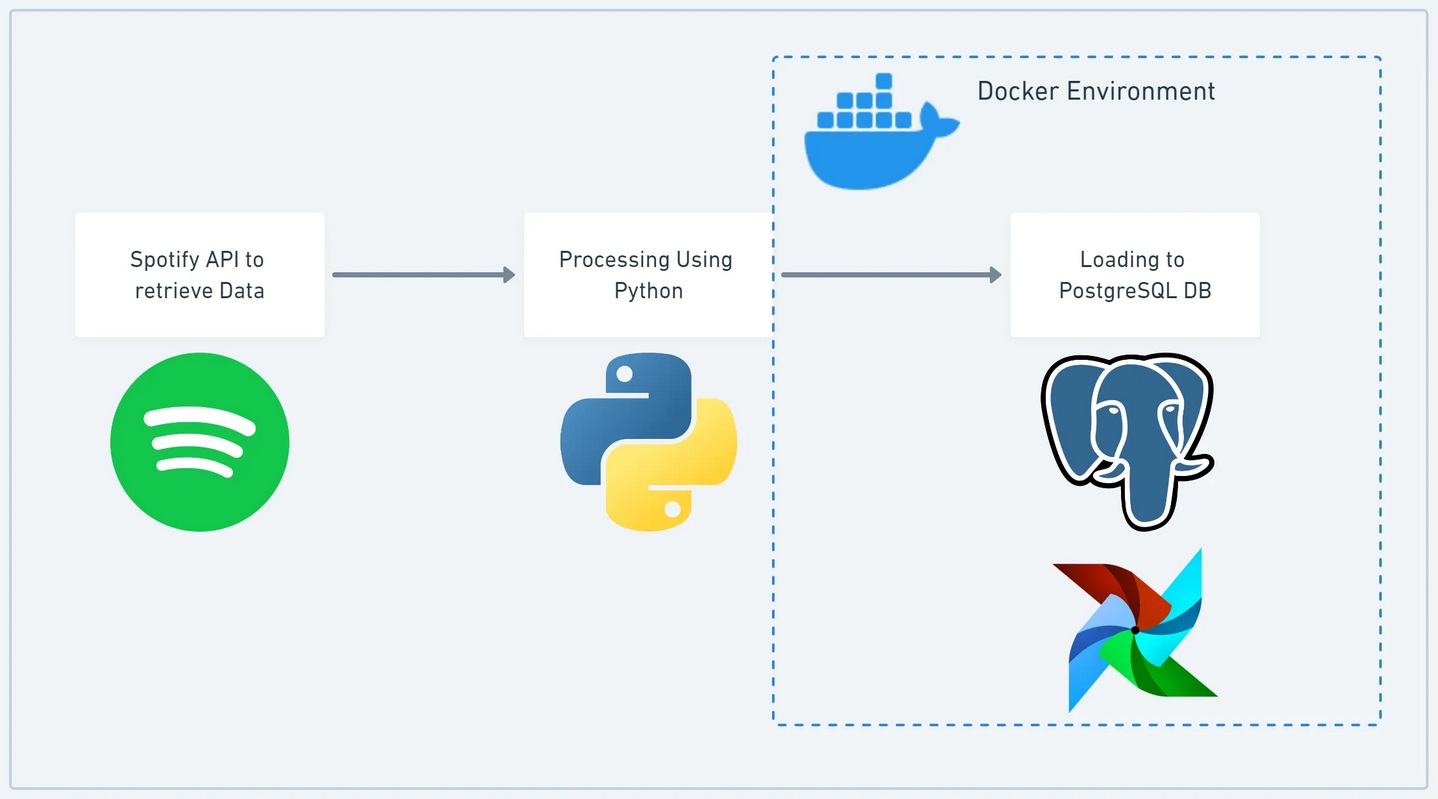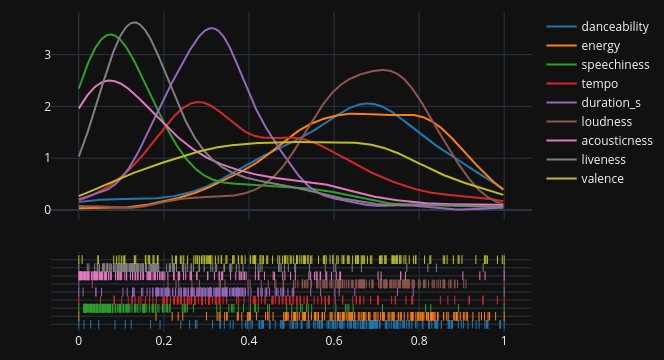Cross-Platform Music Synchronization: A Monthly Automated Pipeline
The “Monthly Music Sync” project is designed with the goal of synchronizing a user's liked songs between YouTube Music and Spotify platforms using Python and relevant APIs. The ELT pipeline is built using Python, AWS S3, YouTube Data API, Spotify API, and integrates with third-party libraries such as spotipy and youtube_dl. The project retrieves music data from YouTube Music and Spotify using their respective APIs and processes this data by extracting metadata and searching for corresponding tracks on Spotify. The processed data, specifically YouTube video IDs, are stored in an AWS S3 bucket for tracking synchronized songs.
The pipeline is automated to run monthly via Apache Airflow, ensuring periodic synchronization of liked songs.
Future enhancements include further integration with Apache Airflow for automation, development of a React App for a user-friendly interface, and enhanced error handling mechanisms.
python/libraries:
spotipy, youtube_dl, Pandas, plotly.
tech/tools:
Python, AWS S3, YouTube Data API, Spotify API, Apache Airflow, React (for future enhancements)
Spotify User's "Liked Songs" Data exploration & visualization


With the aim of retrieving the user's music data via Python's REST API and staging it to the Postgres server, the ELT pipeline has been designed using a combination of Python, Postgres database, Dagster for automation, docker for containerization, and Power BI for visualization.
The data is transformed in a number of ways using pandas to produce useful insights that can be used to build PowerBI dashboards and visualizations.
With Dagster, the pipeline is automated to run every month.
The project's ultimate objective is to discover the user's monthly music preferences by analyzing particular characteristics, such as the recently released "audio-features" by Spotify.
python/libraries:
Pandas, plotly, urllib, pandasql, request.
tech/tools:
Dagster, Docker containers, Power BI
A responsive "Travel website" clone developed using the "mobile-first" design approach

Developed using web development essentials such as
HTML, PostCSS
and
JavaScript (Babel & Webpack) and Node.js.
The website was developed as per the "mobile-first" design approach such that the devices downloads only the data that is appropriate for the current device, thereby providing faster loading/reloading time.
A WordPress powered interactive Univeristy website

An interactive “University” website clone developed using using
PHP, JavaScript, WordPress theming
& the WordPress
REST API.
Created “like” feature, “Live/on the fly” search functionality, WordPress custom field Post types using JavaScript and JQuery which was then connected to the backend using JSON and WordPress
Rest APIs and created raw JSON data.
libraries:
Gulp, JQuery, Bootstrap, WordPress RestAPI, Font Awesome
tech/tools:
HTML, SASS, JavaScript, PHP, WordPress, Git